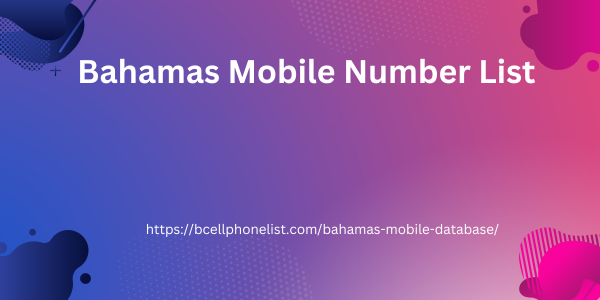Post by account_disabled on Mar 11, 2024 23:11:28 GMT -5
We have collected 28 questions for programmers on technical definitions and concepts in the following section. Ask these questions to candidates to test their knowledge of programming terms. Explain what a constant is. Defines what "beta versions" of computer programs are. What is an algorithm? Explain what matrices are. What is software testing? Explains what computer program maintenance is. What are reserved words in programming? Describe what a loop is in programming. What is an operator? What is the top-down design method? Can you explain what program execution is? Defines what a compiler is. Explain what machine code is. Describe what variables are. Defines debugging and its relationship with testing. What is a data structure in programming? Explain what ordering is. Defines binary search and when to use it. Explain what LIFO means. Describe what FIFO means. Defines what a multidimensional array is. What does NULL mean in programming? What does “void” mean in programming? Explain what data abstraction is. Defines what a subroutine is. Describe what it means to implement a program.
What is a graph in programming? Explain what an AVL tree is. 5 key questions for programmers about programming terms and their answers Below are five questions about programming terms that you can ask Bahamas Mobile Number List programmers, accompanied by sample answers to consider. 1. Explain what a compiler is. Do your candidates know that a compiler translates code written in one language into a different one? Can you explain that compilers convert code written in high-level programming languages (such as C++) to lower-level languages (such as machine code)? 2. Explain what LIFO means. LIFO is a way to access and store data. This acronym stands for “last in, first out,” meaning that the most recently stored data item is accessed and retrieved first. Can your candidates explain that the LIFO method is used on a stack? 3. Explain what FIFO means. FIFO is another way of accessing and storing data. The acronym stands for “first in, first out,” meaning that the oldest stored data item is accessed and retrieved first.

Can your candidates explain that the FIFO method is used in a queue? 4. What does NULL mean in programming? Candidates should understand that NULL is a placeholder value that indicates that a variable has no value. It is different from a value "0". 5. What does “void” mean in programming? Candidates should know that "void" represents "nothing" or the absence of a data type. They may also mention that when void is used as the return type of a function, the function does not return any value. 7 questions for programmers about behavior-based programming In this section you will find seven behavioral questions for programming interviews. Choose from these questions and ask them of your candidates to determine how they act when assigned programming responsibilities. Have you directed any programming projects? What methods did you use? What good coding practices do you follow? Do you add comments to your code? Why, or why not? What organizing techniques do you use and why? What method would you use to remove characters from a string? How would you manage data using dynamic memory allocation? How do you explain technical concepts to managers without technical knowledge.
What is a graph in programming? Explain what an AVL tree is. 5 key questions for programmers about programming terms and their answers Below are five questions about programming terms that you can ask Bahamas Mobile Number List programmers, accompanied by sample answers to consider. 1. Explain what a compiler is. Do your candidates know that a compiler translates code written in one language into a different one? Can you explain that compilers convert code written in high-level programming languages (such as C++) to lower-level languages (such as machine code)? 2. Explain what LIFO means. LIFO is a way to access and store data. This acronym stands for “last in, first out,” meaning that the most recently stored data item is accessed and retrieved first. Can your candidates explain that the LIFO method is used on a stack? 3. Explain what FIFO means. FIFO is another way of accessing and storing data. The acronym stands for “first in, first out,” meaning that the oldest stored data item is accessed and retrieved first.

Can your candidates explain that the FIFO method is used in a queue? 4. What does NULL mean in programming? Candidates should understand that NULL is a placeholder value that indicates that a variable has no value. It is different from a value "0". 5. What does “void” mean in programming? Candidates should know that "void" represents "nothing" or the absence of a data type. They may also mention that when void is used as the return type of a function, the function does not return any value. 7 questions for programmers about behavior-based programming In this section you will find seven behavioral questions for programming interviews. Choose from these questions and ask them of your candidates to determine how they act when assigned programming responsibilities. Have you directed any programming projects? What methods did you use? What good coding practices do you follow? Do you add comments to your code? Why, or why not? What organizing techniques do you use and why? What method would you use to remove characters from a string? How would you manage data using dynamic memory allocation? How do you explain technical concepts to managers without technical knowledge.
